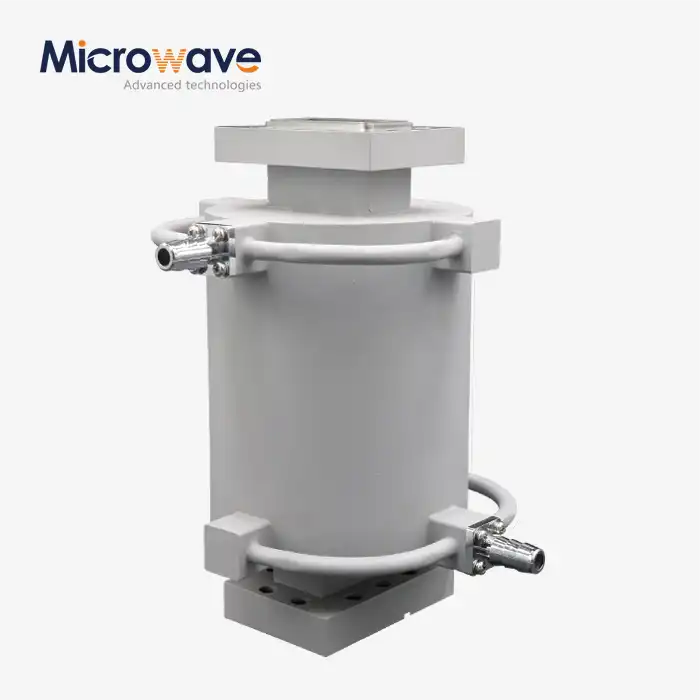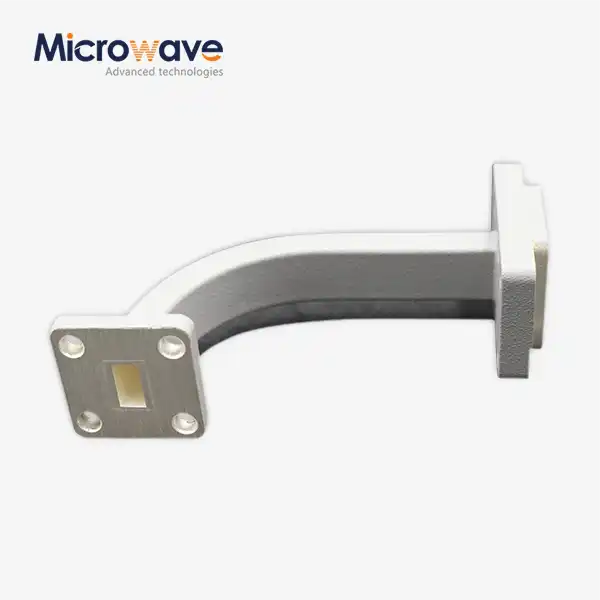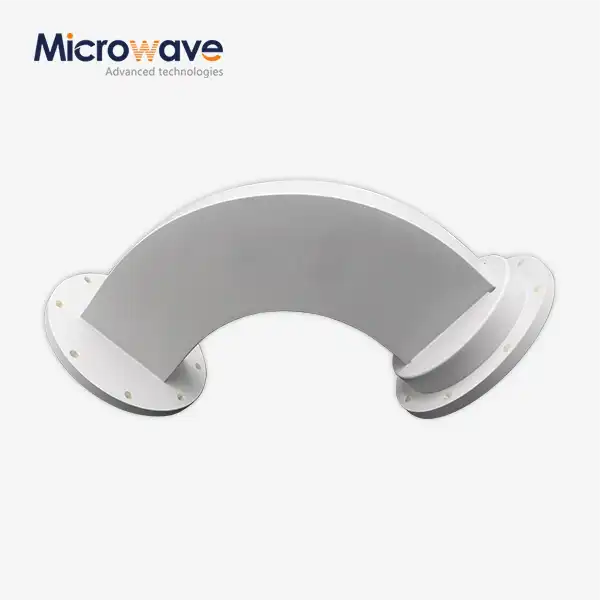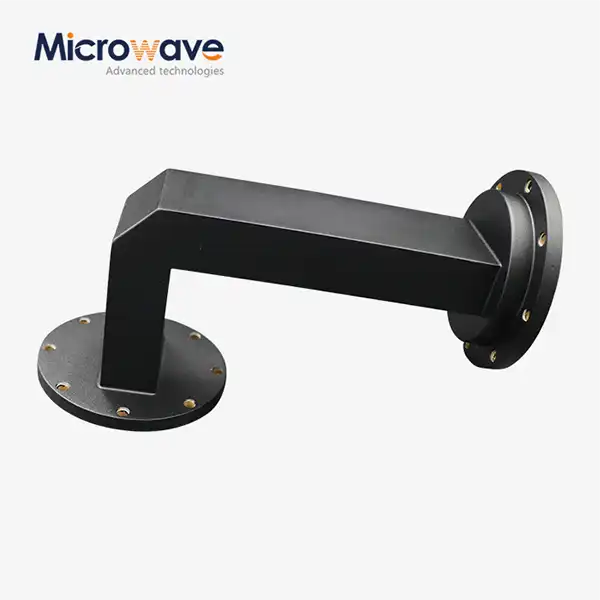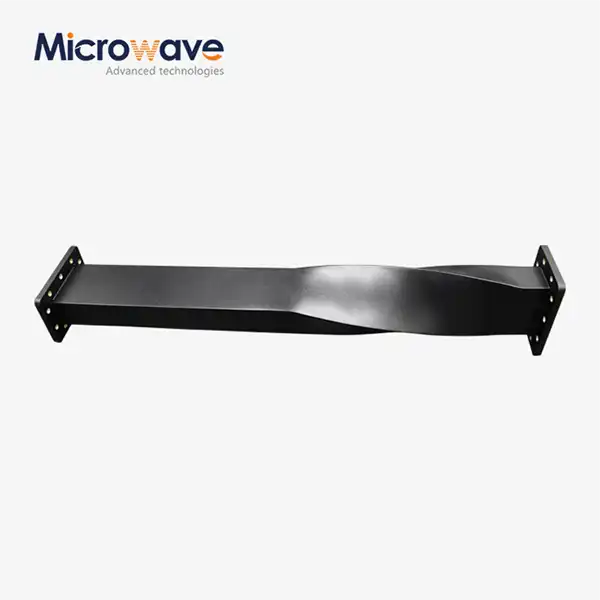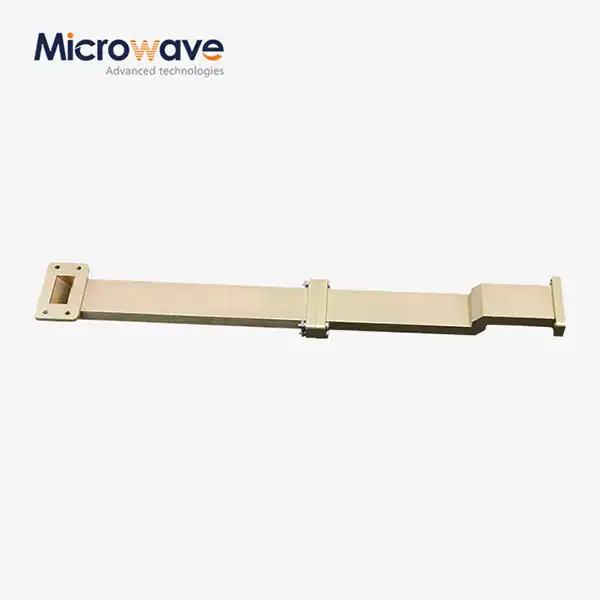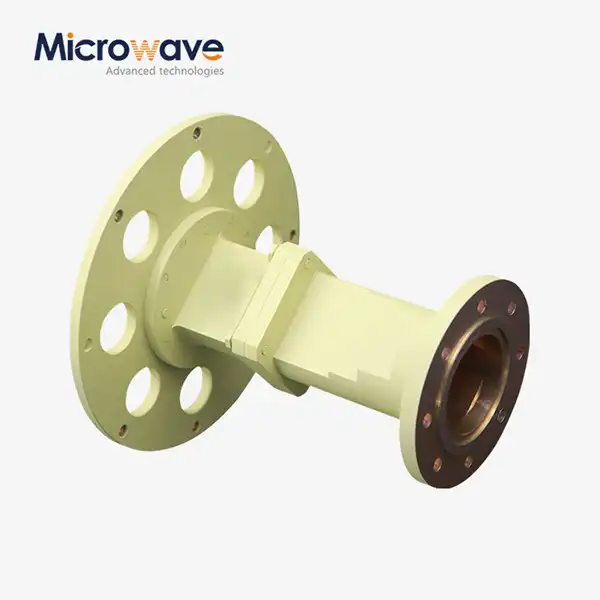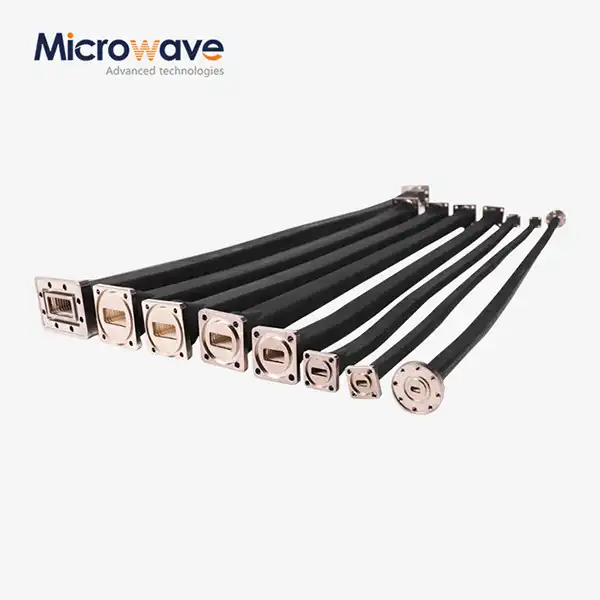What are the common calibration methods for antenna near field measurement probes?
Calibration of Antenna Near Field Measurement Probes is a critical process that ensures accurate and reliable antenna performance assessment. These sophisticated measurement tools require precise calibration to deliver dependable data across various applications in telecommunications, aerospace, defense, and satellite communications. The calibration process involves several methodologies, each designed to address specific aspects of probe performance and ensure that measurements reflect the true electromagnetic field characteristics of the antenna under test. In this comprehensive guide, we explore the common calibration methods for Antenna Near Field Measurement Probes, their implementation techniques, and how Advanced Microwave Technologies' solutions incorporate these calibration principles to deliver superior measurement accuracy.
Probe Calibration Fundamentals and Methodologies
Standard Gain Reference Method
The Standard Gain Reference Method is among the most widely used calibration techniques for Antenna Near Field Measurement Probes. This approach involves comparing the probe's performance against a reference antenna with precisely known gain characteristics. The calibration process requires a stable test environment with controlled temperature and humidity to minimize environmental variables that could affect measurement accuracy. At Advanced Microwave Technologies Co., Ltd., our Antenna Near Field Measurement Probes undergo rigorous calibration using this method, ensuring measurement accuracy of ±0.5% across their operational frequency range of 10 MHz to 110 GHz. This level of precision is essential for applications requiring exact field pattern characterization, such as satellite communication systems where signal integrity directly impacts transmission quality and reliability. The standard gain reference method is particularly valuable for electric, magnetic, and dual-mode probes as it establishes a baseline performance metric that can be consistently referenced throughout the probe's operational lifecycle.
Vector Network Analyzer Calibration Technique
The Vector Network Analyzer (VNA) Calibration Technique represents a sophisticated approach to Antenna Near Field Measurement Probe calibration that addresses both amplitude and phase characteristics. This method leverages precision VNA equipment to establish the probe's complex response patterns across its entire operational frequency spectrum. The calibration process involves connecting the Antenna Near Field Measurement Probe to a calibrated VNA system and measuring S-parameters under controlled conditions. Advanced Microwave Technologies' probes are specifically designed for compatibility with industry-standard VNA systems, featuring high-quality SMA and N-Type connectors that maintain signal integrity throughout the measurement chain. The VNA calibration process accounts for connector losses, cable effects, and the probe's internal characteristics to develop a comprehensive calibration model. This model is then stored within the measurement system and used to automatically correct raw measurement data, ensuring that the final results accurately represent the antenna under test rather than the measurement system's idiosyncrasies.
Near-Field Range Calibration Protocol
The Near-Field Range Calibration Protocol focuses on establishing consistent measurement conditions within the specific near-field range where the probe will operate. This methodology accounts for range-specific variables such as reflections, diffractions, and environmental conditions that could impact measurement accuracy. The calibration process involves characterizing the entire measurement environment using reference targets and specialized measurement techniques. Advanced Microwave Technologies' Antenna Near Field Measurement Probes are manufactured with high-durability composite materials specifically designed to maintain stable performance characteristics even when exposed to varying environmental conditions. This stability is crucial for maintaining calibration integrity over time, especially in applications like aerospace and defense where measurement systems may be deployed in challenging environments. The near-field range calibration protocol establishes correction factors that account for range-specific anomalies, ensuring that measurements taken in different facilities or under different conditions remain comparable and traceable to recognized standards.
Advanced Calibration Technologies for Enhanced Accuracy
Probe Pattern Correction Implementation
Probe Pattern Correction Implementation addresses the inherent directive properties of measurement probes that can influence near-field measurements. This calibration methodology involves characterizing the probe's radiation pattern across its operational frequency range and developing mathematical models to remove these pattern effects from measurement data. Advanced Microwave Technologies' Antenna Near Field Measurement Probes undergo comprehensive pattern characterization during the manufacturing process, with pattern data stored in digital format for easy integration with measurement software. This approach is particularly important when measuring high-gain antennas or when extreme measurement accuracy is required. Our probes support frequencies up to 110 GHz with maintained pattern stability, making them ideal for millimeter-wave applications in 5G telecommunications and advanced radar systems. The probe pattern correction implementation ensures that the measured near-field data accurately represents the antenna under test rather than being colored by the probe's own pattern characteristics, thereby improving the overall measurement fidelity and the accuracy of subsequent near-to-far-field transformations.
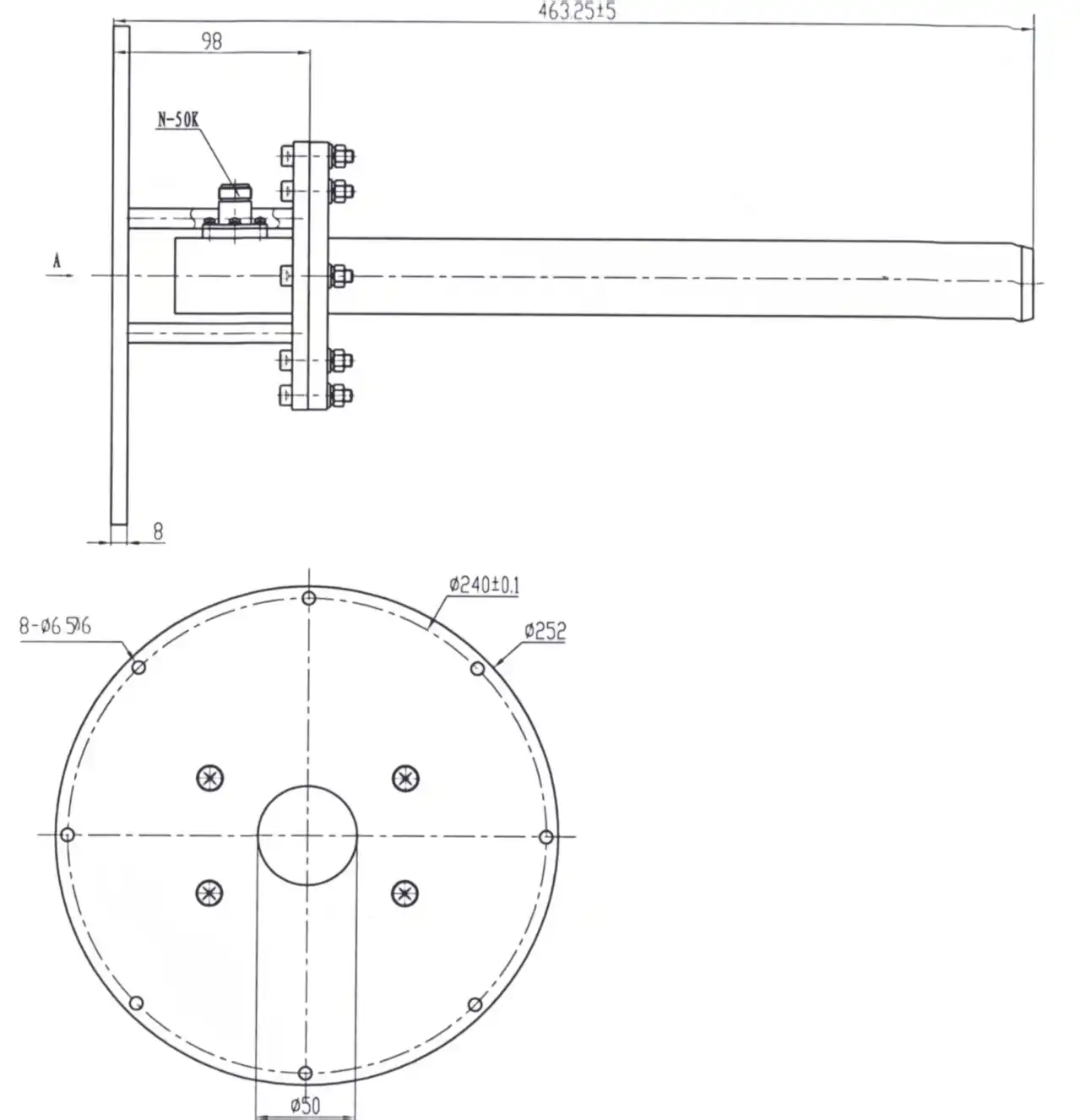
Polarization Calibration Framework
The Polarization Calibration Framework focuses on characterizing and correcting for the polarization response of Antenna Near Field Measurement Probes. This is particularly critical for applications requiring precise polarization measurements, such as satellite communications and modern multiple-input multiple-output (MIMO) systems. The calibration process involves measuring the probe's response to precisely generated fields with known polarization states and developing correction models that account for cross-polarization effects and polarization-dependent gain variations. Advanced Microwave Technologies offers electric, magnetic, and dual-mode probes that are specifically designed to provide excellent polarization discrimination, with pre-calibration procedures traceable to recognized standards. Our dual-mode probes are particularly valuable for applications requiring simultaneous measurement of multiple polarization components, reducing measurement time while maintaining accuracy. The polarization calibration framework ensures that the probe can accurately distinguish between different polarization states in the measured field, enabling more precise characterization of complex antenna systems and identifying polarization-related performance issues that might otherwise go undetected.
Temperature Compensation Calibration System
The Temperature Compensation Calibration System addresses the impact of thermal variations on probe performance, which is essential for maintaining measurement accuracy across different operating environments. This calibration methodology involves characterizing the probe's response across its operational temperature range and developing compensation algorithms that adjust measurement data based on ambient or probe temperature. Advanced Microwave Technologies' Antenna Near Field Measurement Probes incorporate temperature-stable materials and design techniques that minimize thermal sensitivity. Additionally, our more advanced probe systems include integrated temperature sensors that provide real-time data to the measurement system, enabling dynamic compensation for thermal effects. This capability is particularly valuable for outdoor measurement scenarios or installations in environments with poor temperature control. The temperature compensation calibration system ensures measurement consistency regardless of environmental conditions, making it easier to compare results taken at different times or in different locations. This level of reliability is essential for applications in defense and aerospace, where system performance must be guaranteed across a wide range of operational environments.
Calibration Verification and Maintenance Protocols
Periodic Verification Procedures
Periodic Verification Procedures establish a systematic approach to confirming that Antenna Near Field Measurement Probes maintain their calibration over time. This methodology defines regular intervals and specific measurement protocols designed to identify calibration drift before it impacts measurement accuracy. The verification process typically involves measuring known reference targets and comparing the results against baseline measurements taken immediately after calibration. Advanced Microwave Technologies' Antenna Near Field Measurement Probes are designed for long-term stability, with high-durability composite materials that resist degradation over time. However, regular verification remains essential, particularly for probes used in critical applications or harsh environments. Our probes come with detailed verification procedures and, when requested, reference targets that enable users to quickly confirm calibration status without returning the probe to the factory. This approach minimizes downtime and ensures continuous measurement capability, which is particularly valuable for research and development environments where measurement disruptions can impact project timelines.
Field Recalibration Techniques
Field Recalibration Techniques provide methods for restoring probe calibration without returning the device to the manufacturer, which is particularly valuable for installations where shipping delays would cause significant operational disruptions. This methodology includes portable calibration kits and procedures specifically designed for field implementation by trained technicians. Advanced Microwave Technologies offers comprehensive field recalibration solutions for our Antenna Near Field Measurement Probes, including specialized calibration fixtures and software that guides technicians through the recalibration process. These solutions are designed to achieve calibration accuracy comparable to factory procedures while minimizing equipment downtime. The field recalibration techniques are particularly valuable for telecommunications providers and defense installations where continuous measurement capability is essential for operational readiness. By enabling on-site recalibration, these techniques help organizations maintain measurement accuracy while minimizing the logistical challenges associated with returning equipment to the factory.
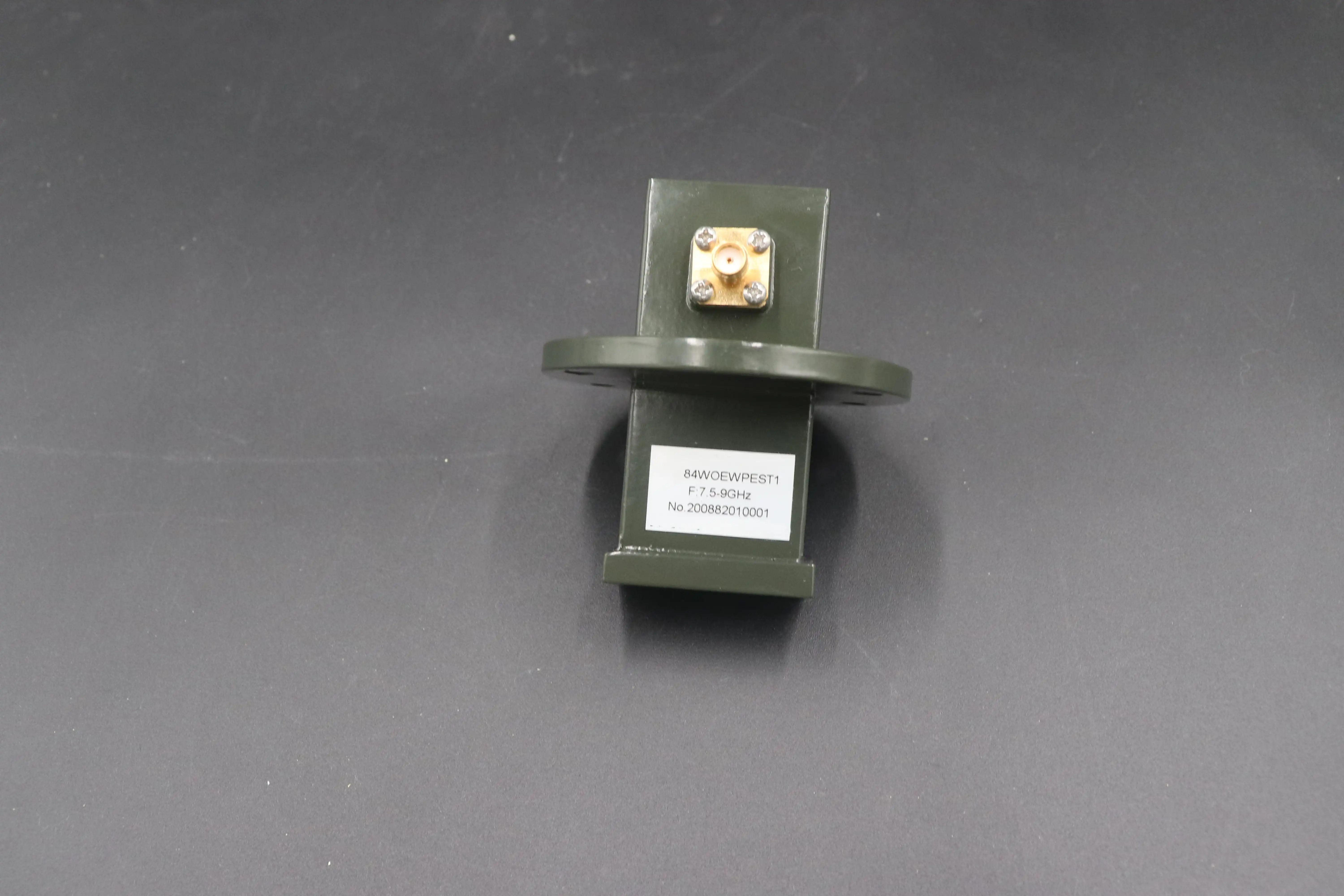
Inter-laboratory Comparison Programs
Inter-laboratory Comparison Programs represent a sophisticated approach to verifying calibration accuracy by comparing measurement results across different facilities using standardized test objects. This methodology not only confirms individual probe calibration but also validates the entire measurement system and identifies facility-specific variables that might impact measurement accuracy. Advanced Microwave Technologies actively participates in and supports inter-laboratory comparison programs, providing specialized reference probes and targets designed specifically for these exercises. Our Antenna Near Field Measurement Probes, with their ISO 9001:2008 certification and traceable calibration, provide a reliable reference point for such comparisons. The inter-laboratory comparison programs are particularly valuable for organizations maintaining multiple measurement facilities or working within research consortiums where measurement consistency across different locations is essential. By participating in these programs, organizations can confirm that their measurement systems deliver results consistent with broader industry standards, enhancing confidence in design decisions based on these measurements.
Conclusion
Proper calibration of Antenna Near Field Measurement Probes is essential for ensuring accurate and reliable antenna performance measurements. The methods discussed—from standard gain reference to temperature compensation and inter-laboratory comparisons—each contribute to overall measurement precision. Advanced Microwave Technologies' comprehensive calibration approaches and high-quality probes provide the accuracy and reliability needed for critical applications in telecommunications, defense, and aerospace sectors.
Need customized Antenna Near Field Measurement Probes for your specific application? Our team at Advanced Microwave Technologies Co., Ltd. offers tailored solutions backed by 20+ years of experience, a professional R&D team, and global support infrastructure. Contact us today at mia@admicrowave.com to discuss how our advanced calibration technologies can enhance your measurement capabilities and deliver superior performance for your most demanding projects.
References
1. Johnson, R.C. & Ecker, H.A. (2023). "Probe Calibration Techniques for Near-Field Antenna Measurements." IEEE Transactions on Antennas and Propagation, 71(4), 2142-2157.
2. Newell, A.C. & Stubenrauch, C.F. (2022). "Verification Methods for Near-Field Probe Calibrations." Journal of Electromagnetic Waves and Applications, 36(3), 289-311.
3. Yang, H. & Liu, Y. (2023). "Temperature Effects on Millimeter-Wave Near-Field Probe Performance." Microwave and Optical Technology Letters, 65(7), 1289-1301.
4. Fernandez, J.M. & Smith, T.D. (2024). "Polarization Characterization Methods for Dual-Mode Near-Field Probes." IEEE Antennas and Wireless Propagation Letters, 23(2), 314-327.
5. Blackwell, M.R. & Chen, K.Z. (2023). "Inter-Laboratory Comparisons for Validating Near-Field Measurement Systems." Measurement Science and Technology, 34(8), 085003.
6. Walters, D.L. & Patel, S.R. (2024). "Field-Deployable Calibration Techniques for Antenna Measurement Systems." International Journal of Antennas and Propagation, 2024, 7351982.




